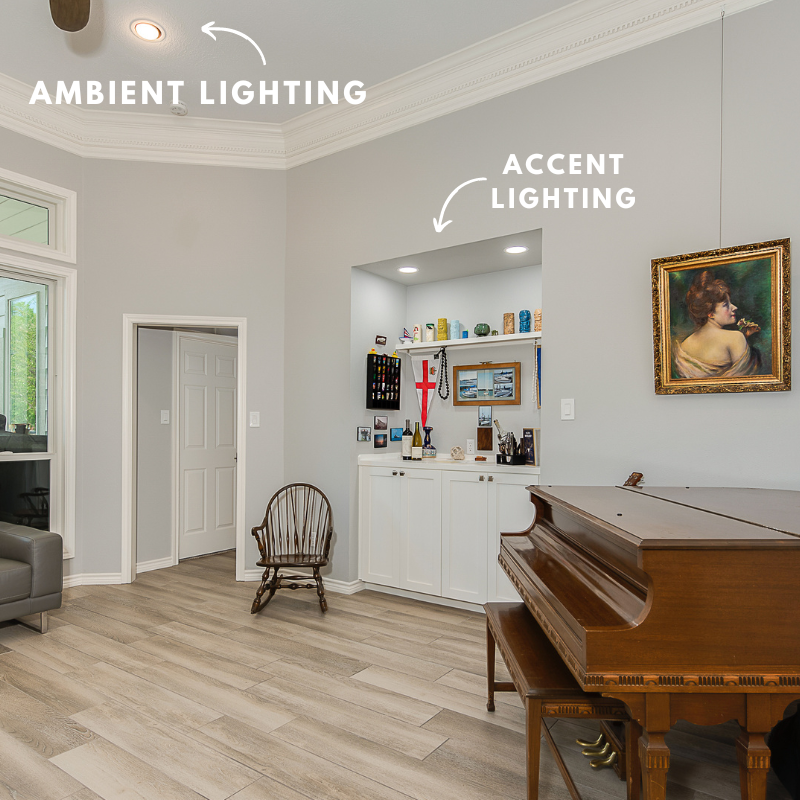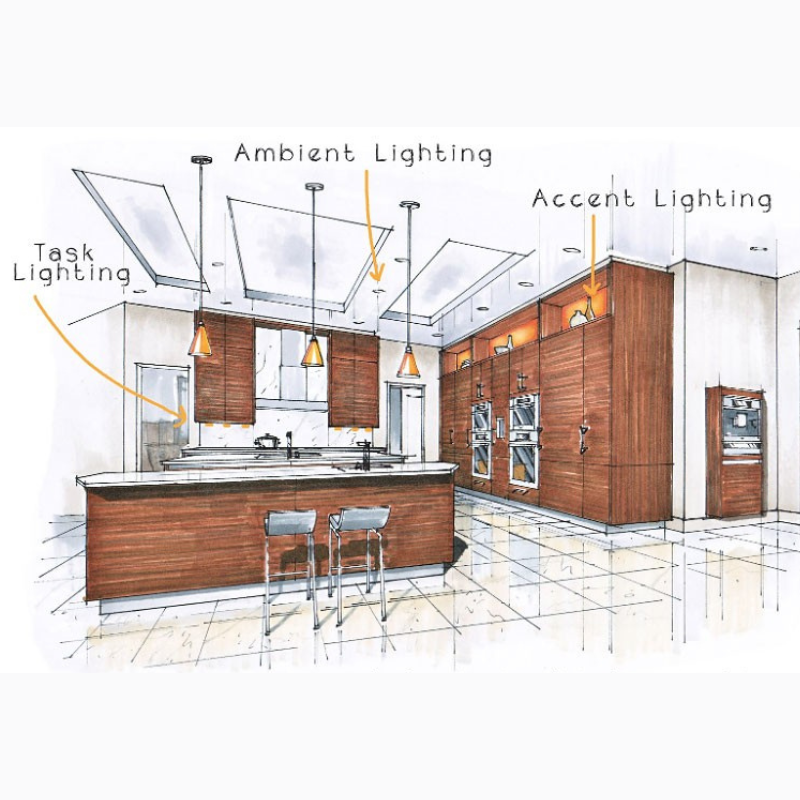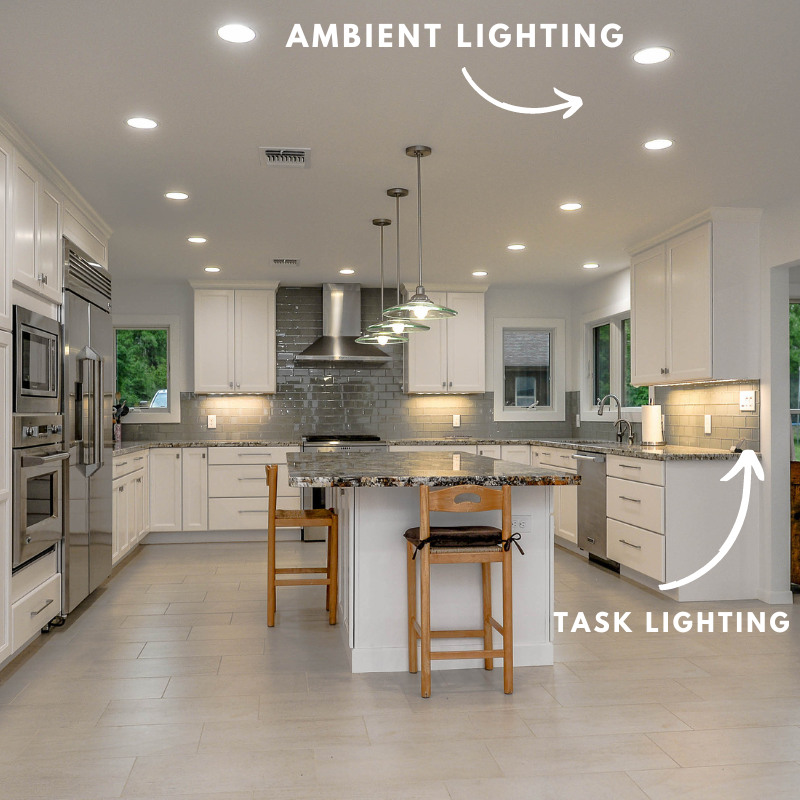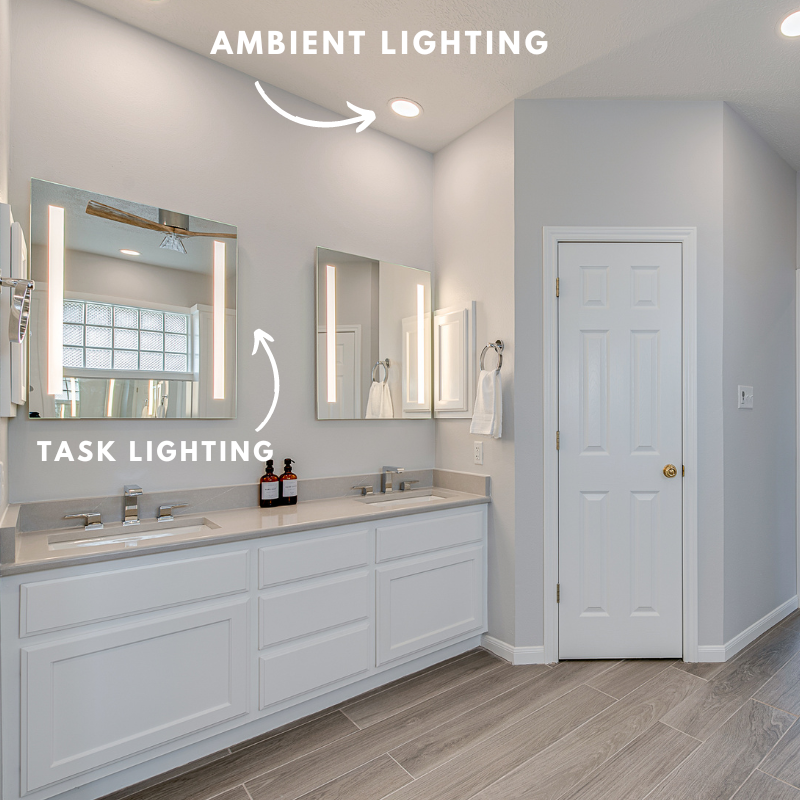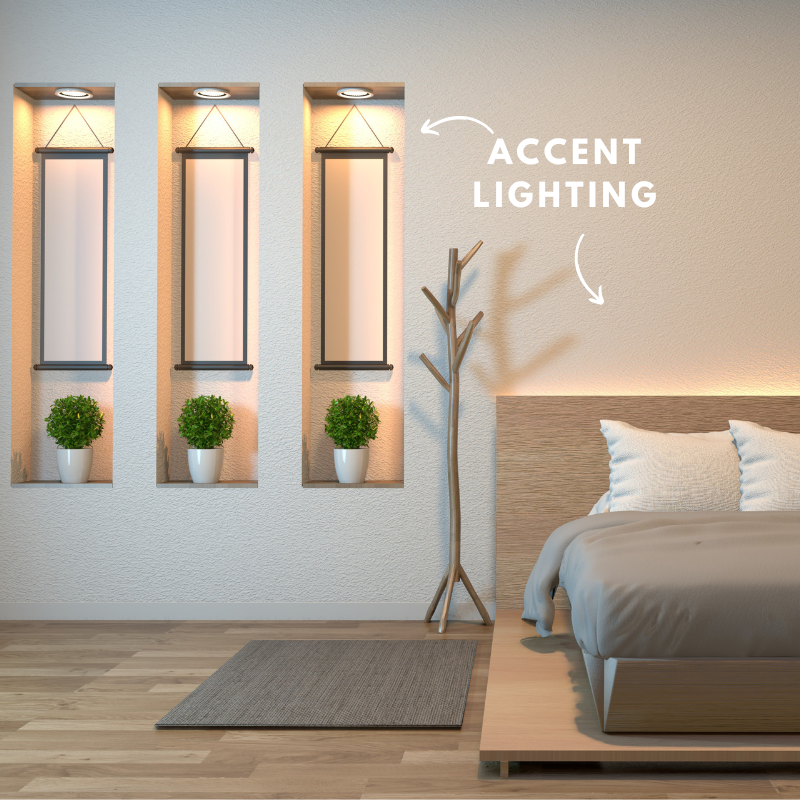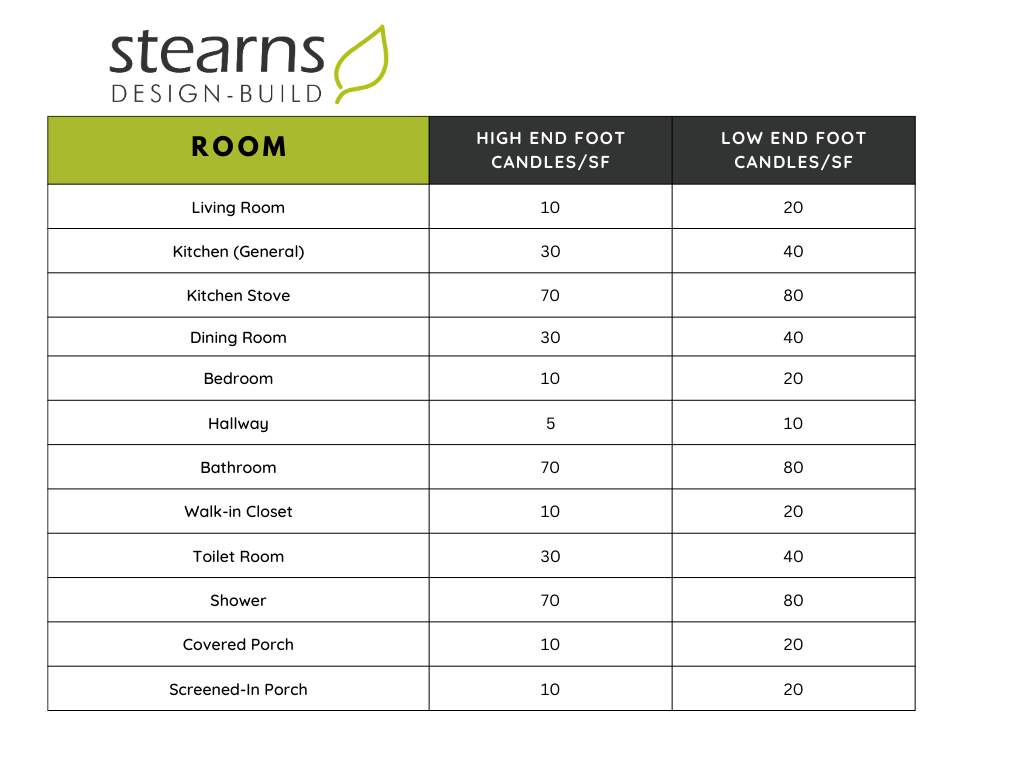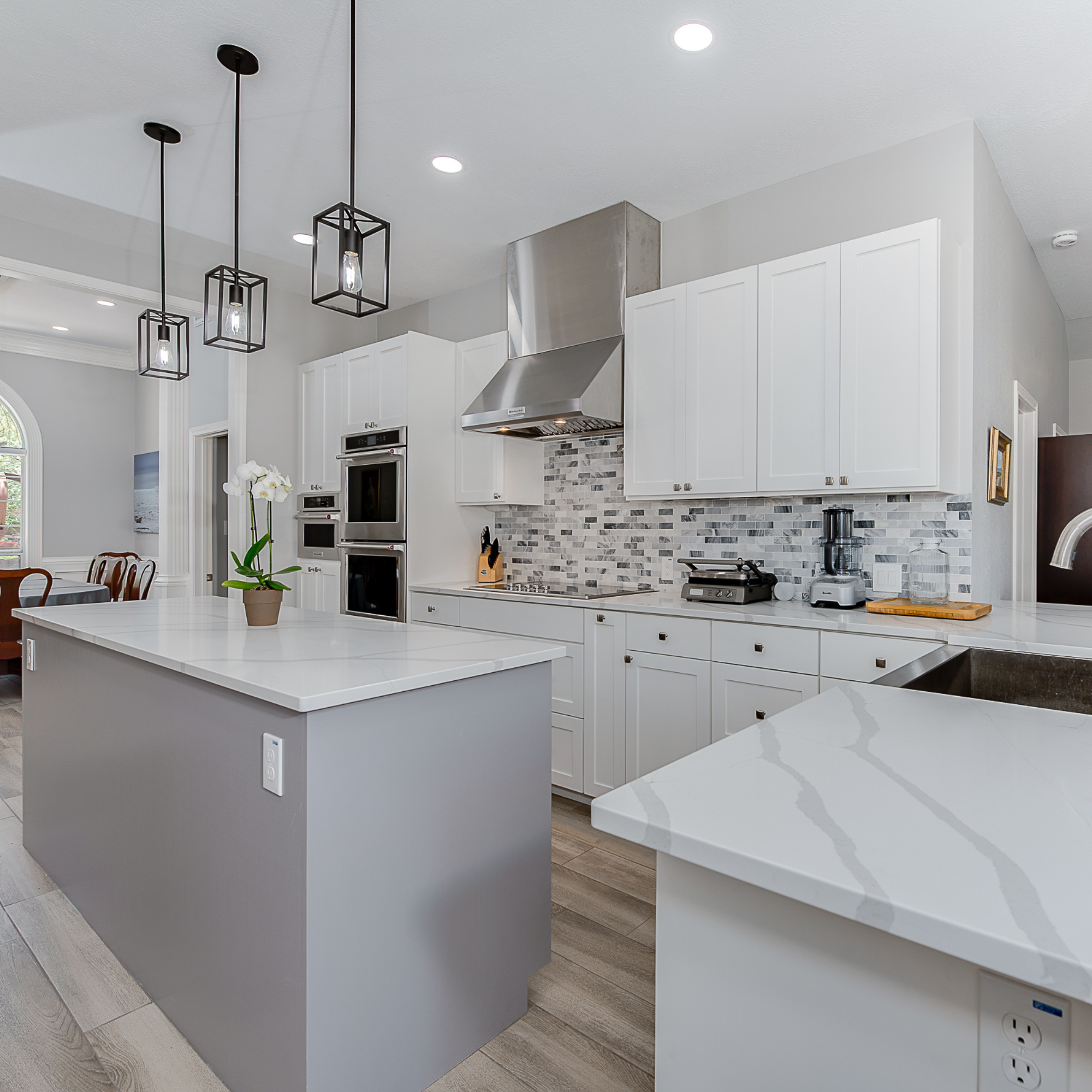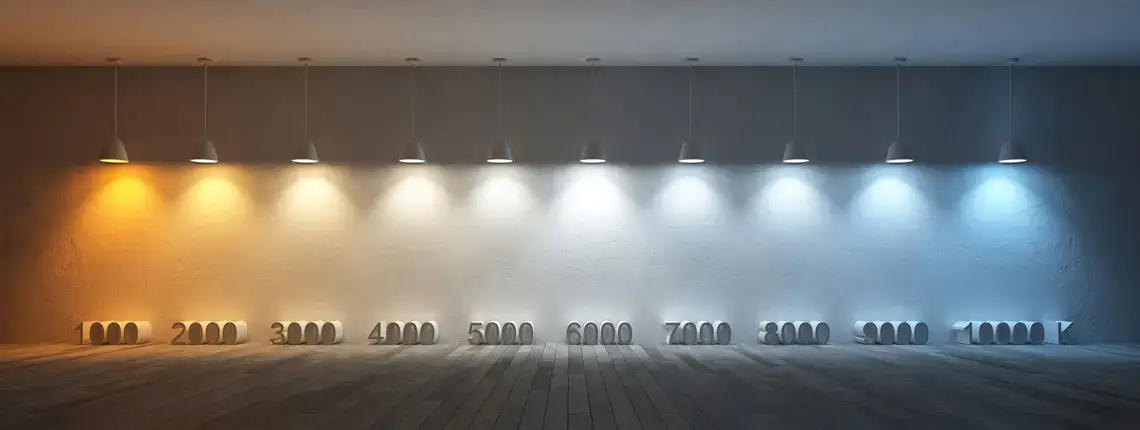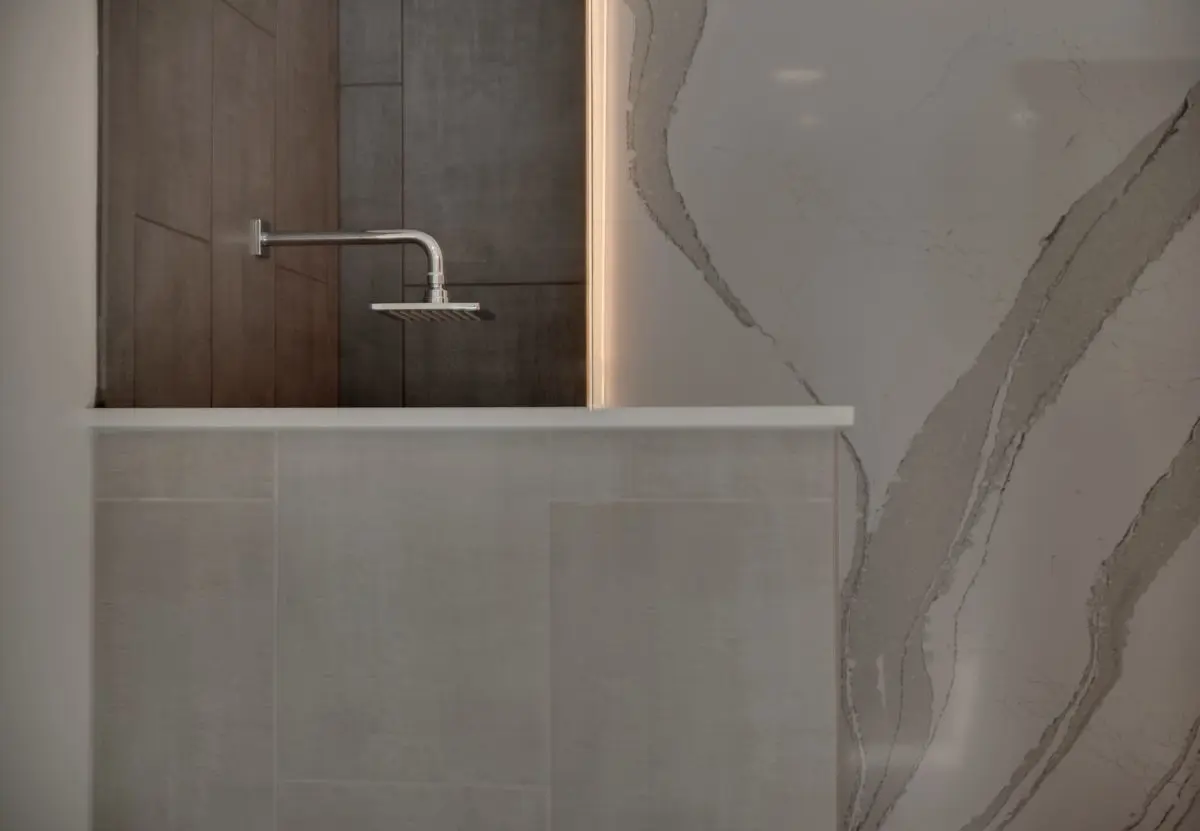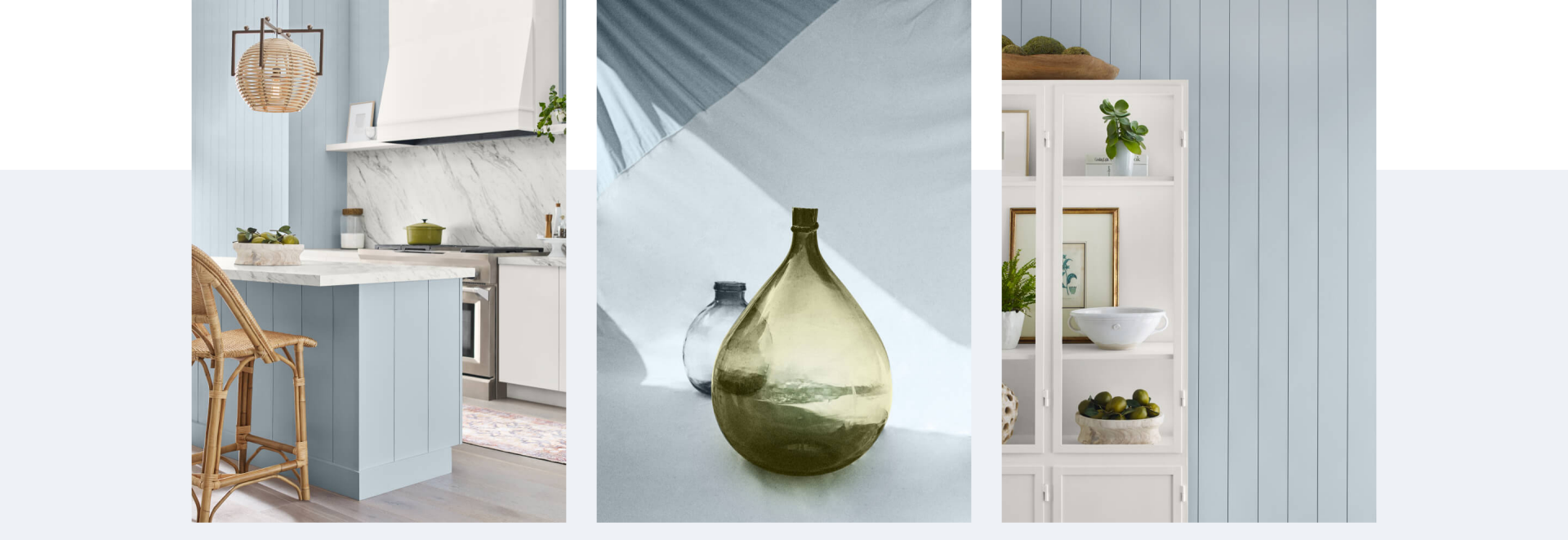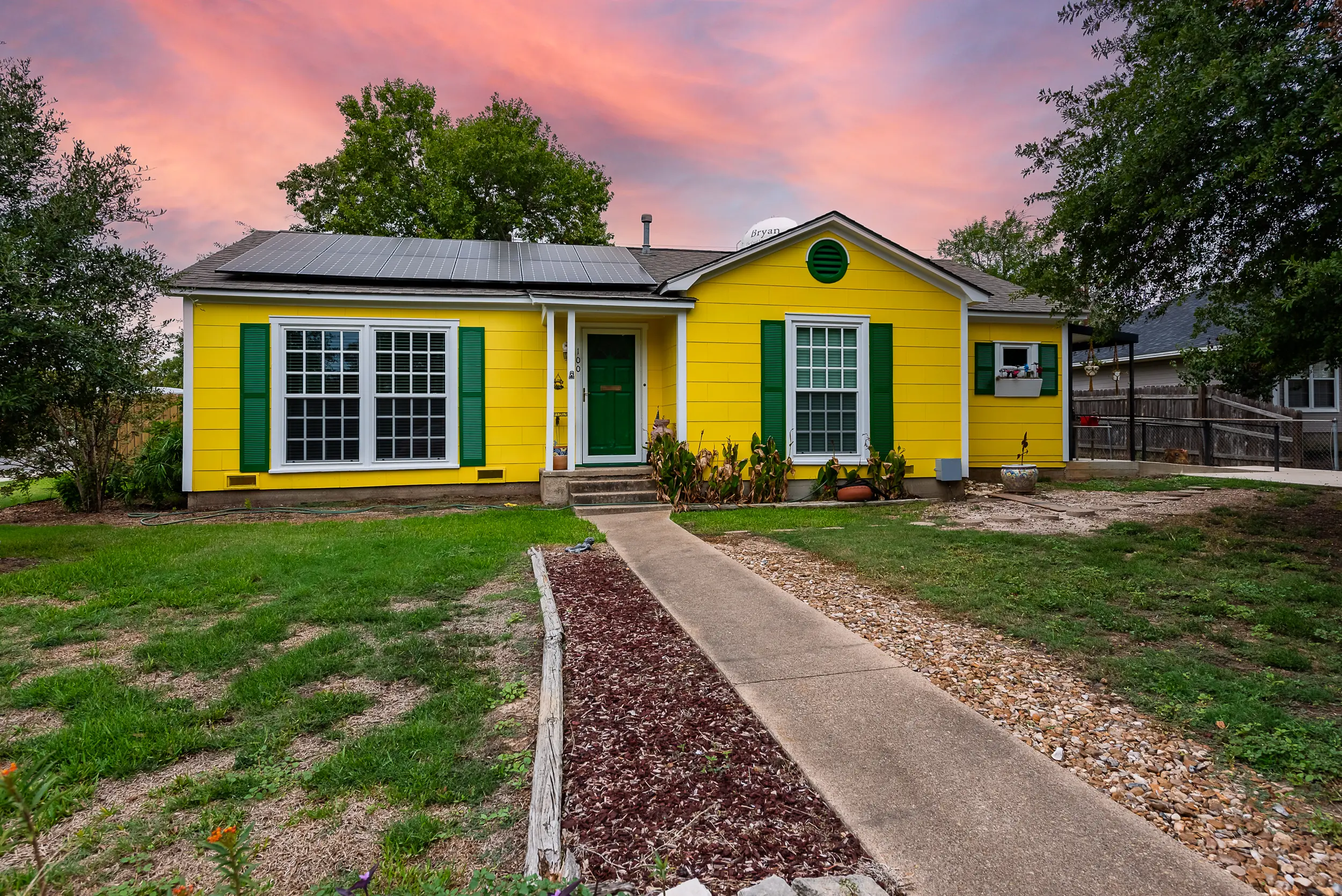Brighten up your living spaces with the magic of proper lighting!
Lighting is often overlooked in the design world but plays a vital role in functionality and aesthetics. Let’s shed some light on the different types of lighting and how to achieve the perfect balance for your space.
When it comes to lighting, there are three main types to consider:
-
Ambient lighting
-
Task lighting
-
Accent lighting
Ambient Lighting serves as the overall illumination for a room, ensuring it’s well-lit and safe to move around. Think of puck/can lights, flush-mount fixtures, and ceiling fans with lights.
Task Lighting on the other hand, is your helpful sidekick for specific activities like reading or cooking. It’s more focused and examples include undercabinet lights, pendant lights, vanity lights, and lamps.
Accent Lighting is all about highlighting those special features or creating a certain vibe. They help direct attention to artwork or architectural features. Some examples of accent lights are track lights, pointed can lights, light strips, or even some wall sconces.
Choosing the right type of lighting depends on the purpose of the room. Kitchens and bathrooms thrive with a combo of ambient and task lighting, while living rooms benefit from a mix of ambient and accent lighting.
Now, let’s do some lighting math, but don’t worry, it’s easy! At Stearns, we have a straightforward approach. We calculate the number of lumens (visible light) needed for each room based on its square footage and desired footcandles (illuminance). This helps us to decide how many lights and what type we should go for.
When it comes to ambient lighting, LED puck lights are our go-to favorites. Once we figure out how many lumens they emit, we can easily calculate how many pucks to place around the room.
For task lighting, like in the kitchen, we love pendant lights, especially over the island. The number of pendants depends on the island’s size, and the style complements the overall design.
Accent lighting is where we have some fun! It’s all about drawing attention to specific elements without stealing the spotlight. LED strips work wonders for highlighting architectural features or shower niches with a touch of magic.
Another crucial aspect is the color temperature of the light. Remember, the lower the temperature (in Kelvin), the warmer the light. We usually opt for white light around 4,500K, which resembles natural sunlight. It brings out the true colors and keeps your space looking its best.
Layering your lighting is the key to versatility. You can adjust the brightness according to the mood or activity with separate switches for different lights. And if you really want to level up, dimmers add that extra touch of ambiance.
Speaking of ambiance, did you know light color can affect your body’s circadian rhythm? It’s true! So, consider bulbs that allow you to adjust the color temperature, especially for a cozy and relaxing atmosphere in the evenings.
In a nutshell, lighting design is a powerful tool for creating the perfect ambiance and functionality in your space. Don’t hesitate to seek help from professionals like us to brighten up your home with a well-thought-out lighting plan. When you get it right, you’ll never be left in the dark!

